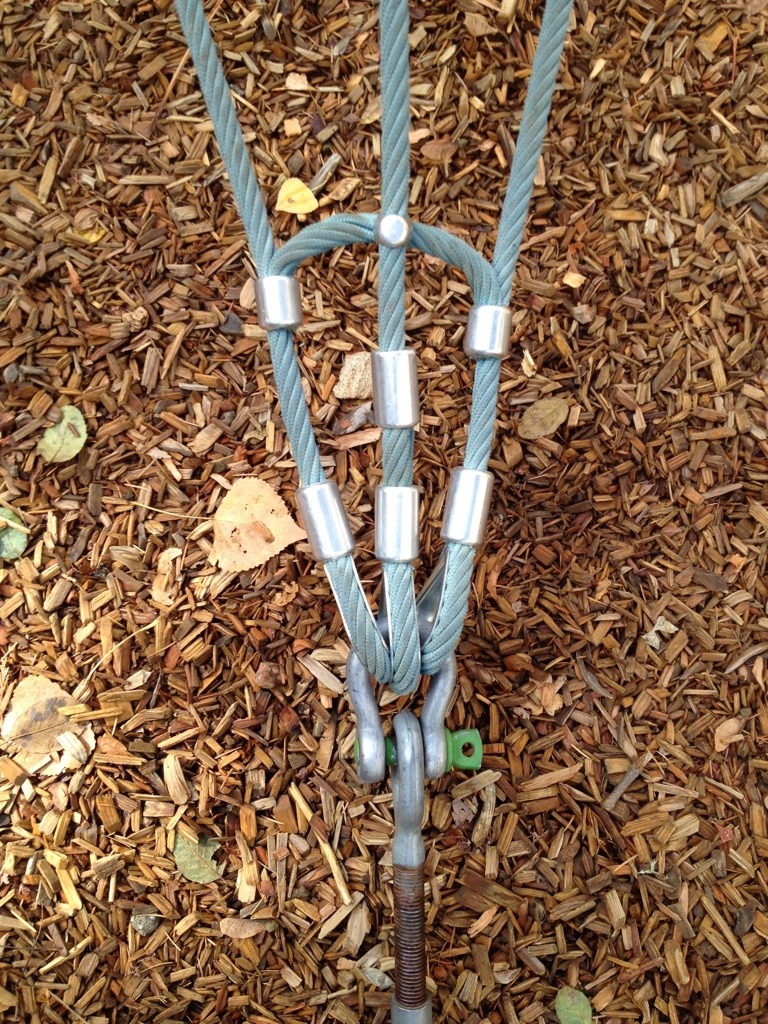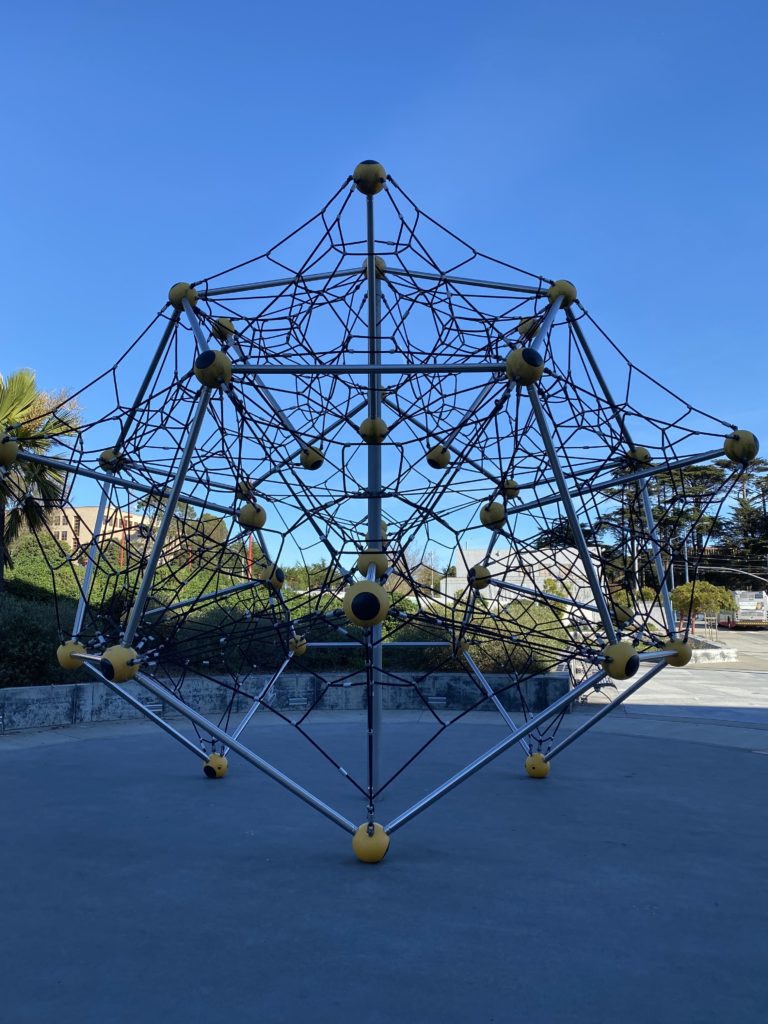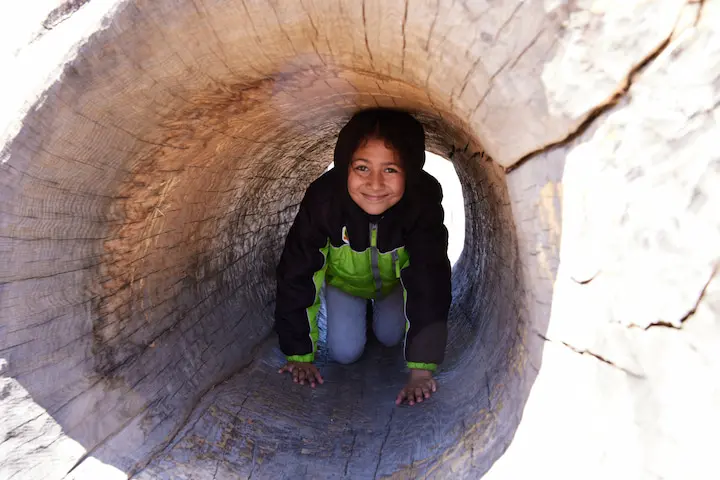Urban children grow up in engineered surroundings established on a constrained mathematical framework. This framework is limited by the pliability of the materials used, the energy budget, regulations, and other factors. It is now widely accepted that growing up within these constraints limits neuromotor development, compromising adaptive potential (stress management), creativity, and cognitive scope.
One means to push back against this tendency is in playground design. This new playground in San Francisco is an excellent example of how developmentally appropriate play environments can be created:
OUTPOST PLAYGROUND, PRESIDIO, SAN FRANCISCO
The mathematics of our environment are significantly more complex than that utilized to construct our built surroundings. Within the living system, we find non-integer fractal geometries and ratios like “The Golden Section” and the “Fibonacci Sequence” wherever we look. The more access we can create to this extended framework within our built surroundings, the greater our neurodevelopmental potential.
It is highly recommended to explore these spatial attributes. The Wooden Books series of books is an excellent place to start. Biophilic Design is a framework for embodying these complexities in urban design.
Many corners of our urban settings that children live within do not have the financial, energy, or land resources to build out something like the Outpost Playground. One opportunity for “novel” engineering is tensegrity play structures. Tensegrity is the dynamic interplay of tensional and compressional elements that permit interactions involving complex geometries of climbing and other movements. Interacting with these structures informs/exercises a broad scope of our neuromotor potentials. The cost/benefit ratio of these structures is unbeatable.
It is encouraging to see these play structures appearing locally.






